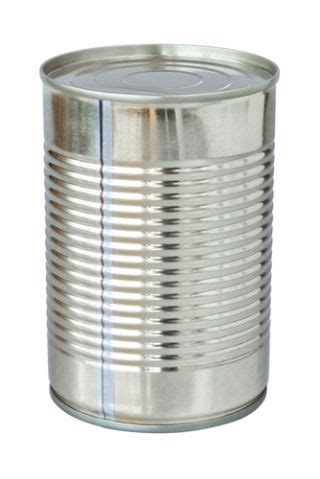How can I break through my strength plateau and optimize muscle growth?

Hitting a strength plateau can be one of the most frustrating experiences in your fitness journey. You’ve been consistently training, seeing great progress, and then suddenly, your lifts stall, and muscle gains slow down. This isn’t just a sign of failure; it’s often an indication that your body has adapted to your current training stimulus and it’s time to introduce new challenges. Breaking through these barriers is crucial for continuous progress and optimizing your muscle growth.
Understanding Why Plateaus Happen
Plateaus typically occur when your body adapts to the demands placed upon it. What once challenged your muscles no longer does, leading to a halt in strength and size improvements. Common reasons include insufficient progressive overload, inadequate recovery, poor nutrition, or simply doing the same routine for too long. To overcome this, you need to strategically shock your system and provide new reasons for adaptation.

Strategies to Shatter Your Strength Plateau
1. Re-evaluate Progressive Overload
Progressive overload is the fundamental principle for muscle growth and strength gains. If you’re not consistently increasing the demand on your muscles, they won’t grow. This doesn’t always mean more weight. Consider:
- Increasing Weight: The most straightforward approach, but often the first to stall.
- Increasing Reps/Sets: Perform more total work at the same weight.
- Decreasing Rest Times: Increase intensity by reducing recovery between sets.
- Slowing Tempo: Increase time under tension by controlling the eccentric and concentric phases of a lift.
- Improving Form: Better form allows you to lift more effectively and engage target muscles better.
2. Vary Your Training Stimulus
Your muscles are smart; they adapt. Introduce variety to keep them guessing:
- Periodization: Cycle through different phases of training (e.g., strength focus, hypertrophy focus, endurance focus).
- New Exercises: Swap out exercises for similar movements that might challenge your muscles in a slightly different way (e.g., barbell bench press to dumbbell bench press, back squats to front squats).
- Rep Ranges: Don’t just stick to 8-12 reps. Incorporate heavier sets with lower reps (3-5) for strength, and lighter sets with higher reps (15-20) for metabolic stress.
- Advanced Techniques: Drop sets, supersets, giant sets, forced reps, partial reps, negatives – these can all provide a new stimulus.

3. Optimize Your Nutrition for Growth
You can’t build a house without bricks. Similarly, you can’t build muscle without proper fuel.
- Caloric Surplus: To build muscle, you generally need to consume more calories than you burn. Aim for a moderate surplus (250-500 calories above maintenance).
- Protein Intake: Crucial for muscle repair and growth. Aim for 1.6-2.2 grams of protein per kilogram of body weight daily.
- Carbohydrates: Provide energy for intense workouts and help replenish glycogen stores.
- Healthy Fats: Important for hormone production and overall health.
- Hydration: Often overlooked, but essential for performance and recovery.

4. Prioritize Recovery and Deloads
Muscle growth happens outside the gym. If you’re constantly breaking down muscle tissue without adequate repair, you’ll burn out.
- Sleep: Aim for 7-9 hours of quality sleep per night. This is when your body repairs itself and releases growth hormones.
- Active Recovery: Light cardio, stretching, or foam rolling can aid recovery without adding stress.
- Deload Weeks: Every 8-12 weeks, consider a deload week where you reduce your training volume and/or intensity significantly. This allows your central nervous system and muscles to fully recover and come back stronger.

5. Sharpen Your Mind-Muscle Connection and Form
Often, people lift weights without truly feeling the target muscle work. Focusing on squeezing and contracting the intended muscle throughout the movement can drastically improve its effectiveness, even if you have to reduce the weight slightly.
Additionally, poor form is a common culprit for plateaus and injuries. Ensure your technique is spot-on for every exercise. A slight adjustment in form can unlock new strength and better muscle activation.
Optimizing Long-Term Muscle Growth
Breaking a plateau is a short-term victory. For continuous, long-term muscle growth, integrate these habits:
- Consistency: The most crucial factor. Showing up and putting in the work consistently over months and years is what builds an impressive physique.
- Track Your Progress: Log your workouts – weights, reps, sets, rest times. This allows you to see what’s working and ensures you’re applying progressive overload.
- Listen to Your Body: Learn the difference between muscle soreness and pain. Don’t be afraid to take an extra rest day or modify a workout if your body needs it.

Conclusion
Strength plateaus are an inevitable part of the fitness journey, but they are not roadblocks. By understanding their causes and applying strategic adjustments to your training, nutrition, and recovery, you can break through these barriers and propel your muscle growth to new heights. Be patient, be consistent, and keep challenging yourself – the gains will follow.








